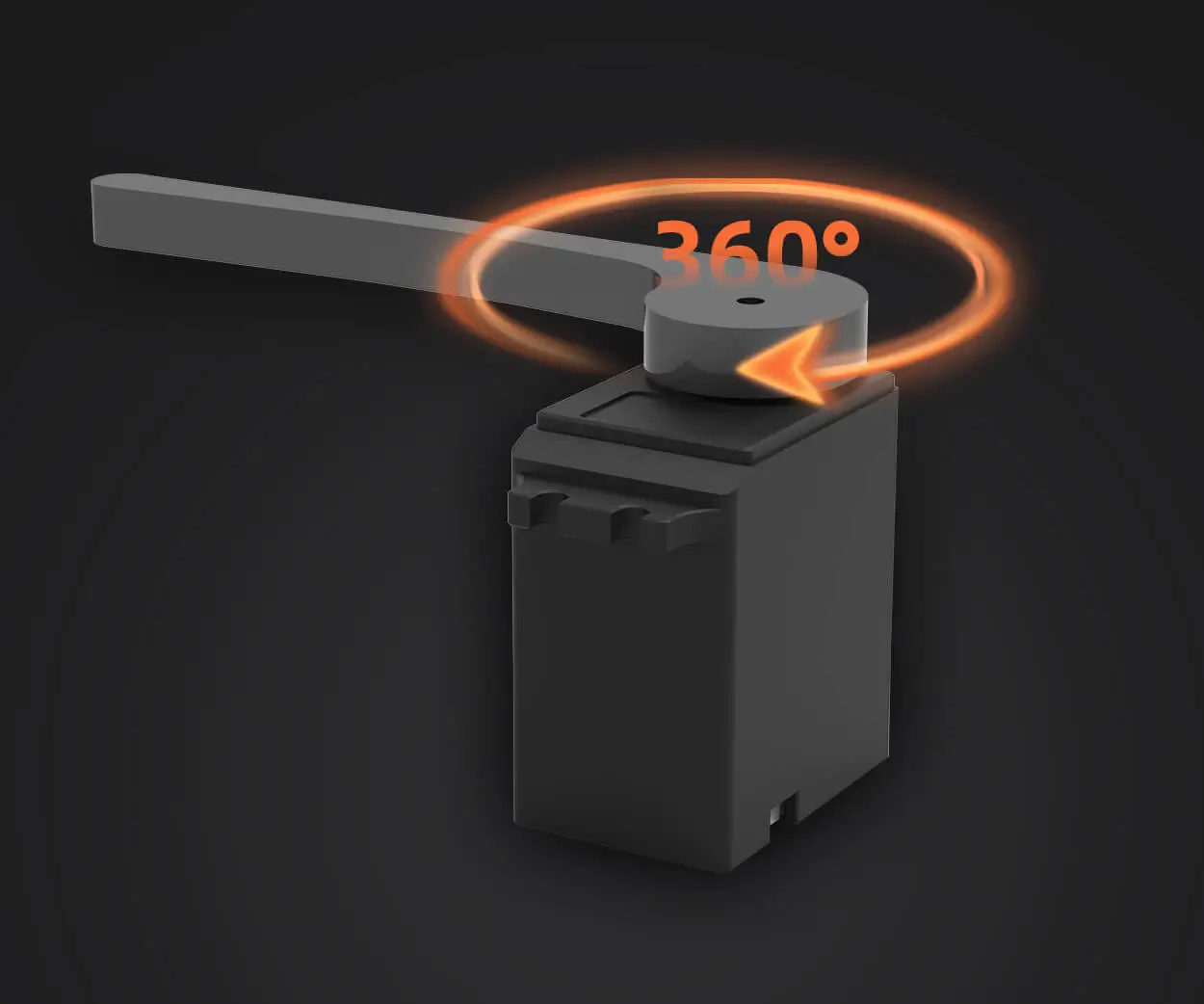Hey, so you’ve got a micro:bit and you’re looking to give it some moving personality with a servo, right? Think about it—suddenly, that tiny device isn’t just a gadget; it becomes a little robotic arm, a fan blade, or even a tiny camera gimbal. It’s pretty wild how versatile those servos are, especially when you’re just starting to tinker with microcontrollers.

First off, connecting a servo isn’t rocket science, but it does demand a bit of attention. Most servos have three wires: power, ground, and control. Power lines usually go to a five-volt source, the ground connects back to the common ground, and the control wire—this is your magic wand—connects to a digital pin on the micro:bit.
Here’s where things get fun. Micro:bit’s pins can send out pulse width modulation signals that tell your servo where to go. Imagine a quick flicker of a signal, and bam—it rotates. Want it to turn 90 degrees? Just fine-tune the PWM signal. You can write a snippet of code in MakeCode or MicroPython that basically says, “Hey, go to this position,” and the servo responds like magic.
But wait, what if it jitters or doesn’t move smoothly? That’s a classic. Sometimes powering just from the micro:bit isn’t enough—servos can be a bit power-hungry. Using a separate power source for the servo helps, and make sure the ground lines connect. It’s like giving your servo a little energy boost, rather than draining your micro:bit.
Ever thought about the real-world stuff? Say, for example, you want to make a simple robotic arm. Start small—rotate the servo to pick up a tiny object, then return. Or use it to animate a little character that waves hello, or even control a tiny camera's angle. It's all about imagining what’s possible.
Now, I know some of you might be wondering, "What about the lifespan of the servo or its precision?" Good question. Servos can last a long time if you avoid overloading them or keeping them in extreme positions. And precision varies—cheap servos are okay for basic stuff, but if you need accuracy, spend a bit more on a good model.
Jumping into projects like this is all about experimenting. Take the time to test different voltages, tweak your code, and watch how the servo reacts. Each tiny tweak can lead to a breakthrough, and suddenly your micro:bit isn’t just a microcontroller—it’s a tiny robot whisperer.
If you’re keen on adding some personality to your micro:bit, this is the way to do it. And even better? Once you get it working, it opens the door to a bunch of ideas—automated curtains, movable displays, interactive gadgets. All that’s missing is your imagination.
Established in 2005, Kpower has been dedicated to a professional compact motion unit manufacturer, headquartered in Dongguan, Guangdong Province, China.




































